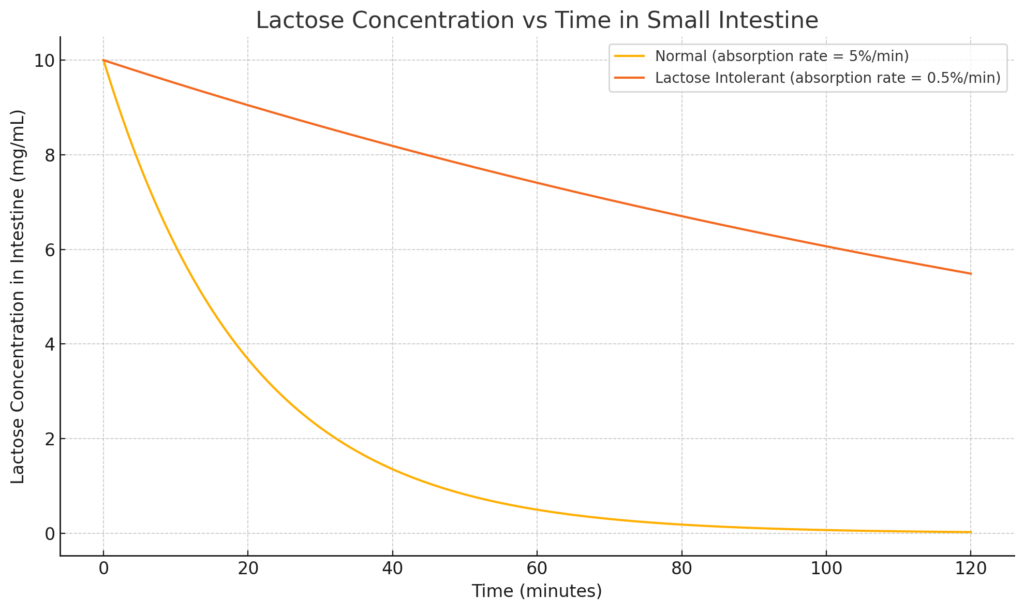スーパーで200g入りのミックスナッツお徳用を買ってきて、開封して食べ始めたらつい止まらなくて全部食べ切ってしまいました。しかし、風味がいまいちなくて酸化した油みたいな味でした。おいしくもないのに食べすぎてしまうのはかなり良くないです。せっかくここ数日大豆粉末のハンバーグなどを食べており、肉は避けて動物性の脂質を摂取しないでいて、そのせいかどうかわかりませんが体調がすこぶるよかったのですが、こういうひどい食べ方をしていては、もともこもありません。
ナッツの酸化
ナッツの酸化とは、ナッツの脂質に酸素が結びついて『過酸化脂質』という物質が作られることを主に指します。ナッツには不飽和脂肪酸が豊富に含まれますが、これらの多くは空気に触れると酸化しやすい性質を持つのです。このような物質が作られると、ナッツの風味は落ち油臭くなることもあります。
ナッツの賞味期限とは?期限が切れたらどうなる?気になる保存方法も! 公開日:21.03.01 最終更新日:24.02.06 小島屋
過酸化脂質とは
過酸化脂質とは、体内の脂質が活性酸素によって酸化されたもので、次のような特徴があります。
- 細胞膜の機能を損なうことで、細胞にさまざまな障害を引き起こす
- 動脈硬化や冠動脈疾患などの心血管疾患の発症や進行に関与する可能性がある
- 炎症性疾患の発症や進行に関与する可能性がある
- DNAやタンパク質などの細胞内分子にダメージを与え、がんの発症や進行に関与する可能性がある
- 神経細胞の損傷や神経炎症の引き起こしに関与する可能性がある
過酸化脂質は、紫外線やストレス、農薬や放射性物質、添加物など体に有害なものが入ってきた時に体内で生成されます。また、加工食品や高温調理された食品にも多く含まれています。Search Labs | AI による概要
脂質過酸化反応
- 脂質過酸化反応(ウィキペディア)
- 連鎖的脂質過酸化反応 http://hobab.fc2web.com/sub2-rennsatekisisitsukasannkahannnou.htm
- 脂質由来ラジカル・酸化リン脂質の検出と構造解析 https://seikagaku.jbsoc.or.jp/10.14952/SEIKAGAKU.2022.940329/data/index.html
過酸化脂質は体に悪いの?
以下は、Perplexityに訊いた結果です。
過酸化脂質が細胞死や病気、組織損傷、発がん性、動脈硬化などの健康リスクを引き起こすことが示唆されています。過酸化脂質(リピッドペルオキシド)は、脂質が酸化されることによって生成される化合物であり、細胞膜の構造と機能に重大な影響を与えることが知られています。
過酸化脂質の有害性に関する主要な知見
- 細胞死と疾患の媒介:
- 組織損傷と病態形成:
- 栄養と健康への影響:
- 特定の状況下でのリスク:
結論
過酸化脂質は、細胞膜の損傷や細胞死、さらには多くの病態に関連する有害な化合物です。食事や生活習慣、抗酸化物質の摂取が過酸化脂質の生成とその影響に大きく関与していることが示されています。過酸化脂質の生成を抑制するためには、抗酸化物質の適切な摂取やバランスの取れた食事が重要です。
参考論文
- Gaschler, M., & Stockwell, B. (2017). Lipid peroxidation in cell death.. Biochemical and biophysical research communications, 482 3, 419-425 . https://doi.org/10.1016/j.bbrc.2016.10.086. 脂質過酸化は細胞膜を変化させ、タンパク質と核酸の共有結合修飾を引き起こし、細胞死と疾患において重要な役割を果たします。
- Mylonas, C., & Kouretas, D. (1999). Lipid peroxidation and tissue damage.. In vivo, 13 3, 295-309 . 脂質過酸化は、いくつかの疾患状態の発症において重要なステップであり、重大な組織損傷を引き起こす可能性があります。
- Miyazawa, T. (2021). Lipid hydroperoxides in nutrition, health, and diseases. Proceedings of the Japan Academy. Series B, Physical and Biological Sciences, 97, 161 – 196. https://doi.org/10.2183/pjab.97.010. 脂質過酸化は加齢に伴う疾患と関連しており、その反応メカニズムを理解することで社会の健康と寿命を向上させることができます。
- Terao, J. (1988). Lipid Peroxides in Foods. Journal of Japan Oil Chemists Society, 37, 878-884. https://doi.org/10.5650/JOS1956.37.878. 食品中の脂質過酸化生成物は、毒性や発がん性を引き起こし、人体に有害であると考えられます。
- Pritchard, E., & Singh, H. (1960). Lipid peroxidation in tissues of vitamin E deficient rats.. Biochemical and Biophysical Research Communications, 2, 184-188. https://doi.org/10.1016/0006-291X(60)90009-7. 脂質過酸化物は構造的および代謝的な損傷を引き起こす可能性があり、ビタミン E 欠乏ラットの赤血球が溶血しやすくなる原因となります。
- Esterbauer, H. (1993). Cytotoxicity and genotoxicity of lipid-oxidation products.. The American journal of clinical nutrition, 57 5 Suppl, 779S-785S; discussion 785S-786S . https://doi.org/10.1093/ajcn/57.5.779S. 食物とともに摂取されたり、体内で生成されたりした脂質酸化生成物は、動物における腫瘍の発生頻度や動脈硬化の発生率を増加させ、健康上のリスクとなります。
- Helbock, H., Motchnik, P., & Ames, B. (1993). Toxic hydroperoxides in intravenous lipid emulsions used in preterm infants.. Pediatrics, 91 1, 83-7 . https://doi.org/10.1542/peds.91.1.83. 脂質過酸化はアラキドン酸代謝を変化させ、内因性脂質を損傷し、変異原性物質や発がん物質となる可能性があります。
- Forcina, G., & Dixon, S. (2019). GPX4 at the Crossroads of Lipid Homeostasis and Ferroptosis. PROTEOMICS, 19. https://doi.org/10.1002/pmic.201800311. 脂質過酸化は膜損傷や細胞死につながる可能性があり、GPX4 の機能を阻害すると鉄依存性の細胞死であるフェロトーシスを引き起こす可能性があります。
- Mataix, J., Quiles, J., Huertas, J., Battino, M., & Mañas, M. (1998). Tissue specific interactions of exercise, dietary fatty acids, and vitamin E in lipid peroxidation.. Free radical biology & medicine, 24 4, 511-21 . https://doi.org/10.1016/S0891-5849(97)00288-8. 脂質過酸化は、運動、食事中の脂肪酸、運動によって引き起こされ、心臓よりも肝臓と筋肉の方が影響を受けやすいです。
- Gutteridge, J., & Halliwell, B. (1990). The measurement and mechanism of lipid peroxidation in biological systems.. Trends in biochemical sciences, 15 4, 129-35 . https://doi.org/10.1016/0968-0004(90)90206-Q. 脂質過酸化は多くの病態における組織損傷の結果として発生する可能性があり、時には組織損傷の悪化に大きく寄与することがあります。


 実際に起きること
実際に起きること